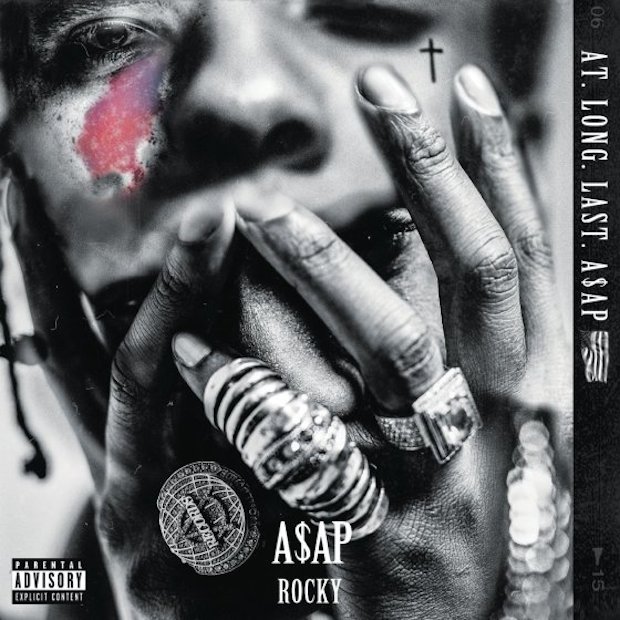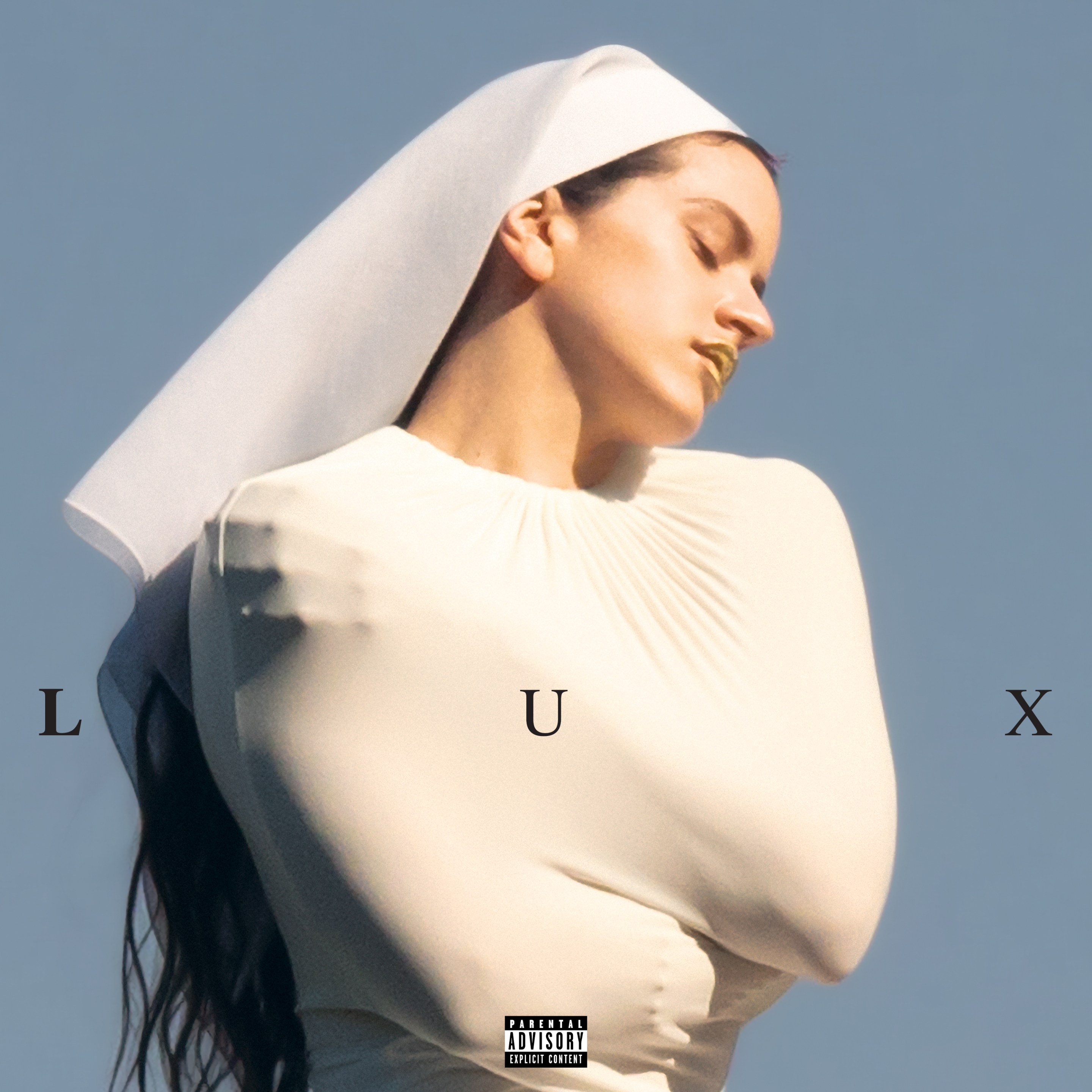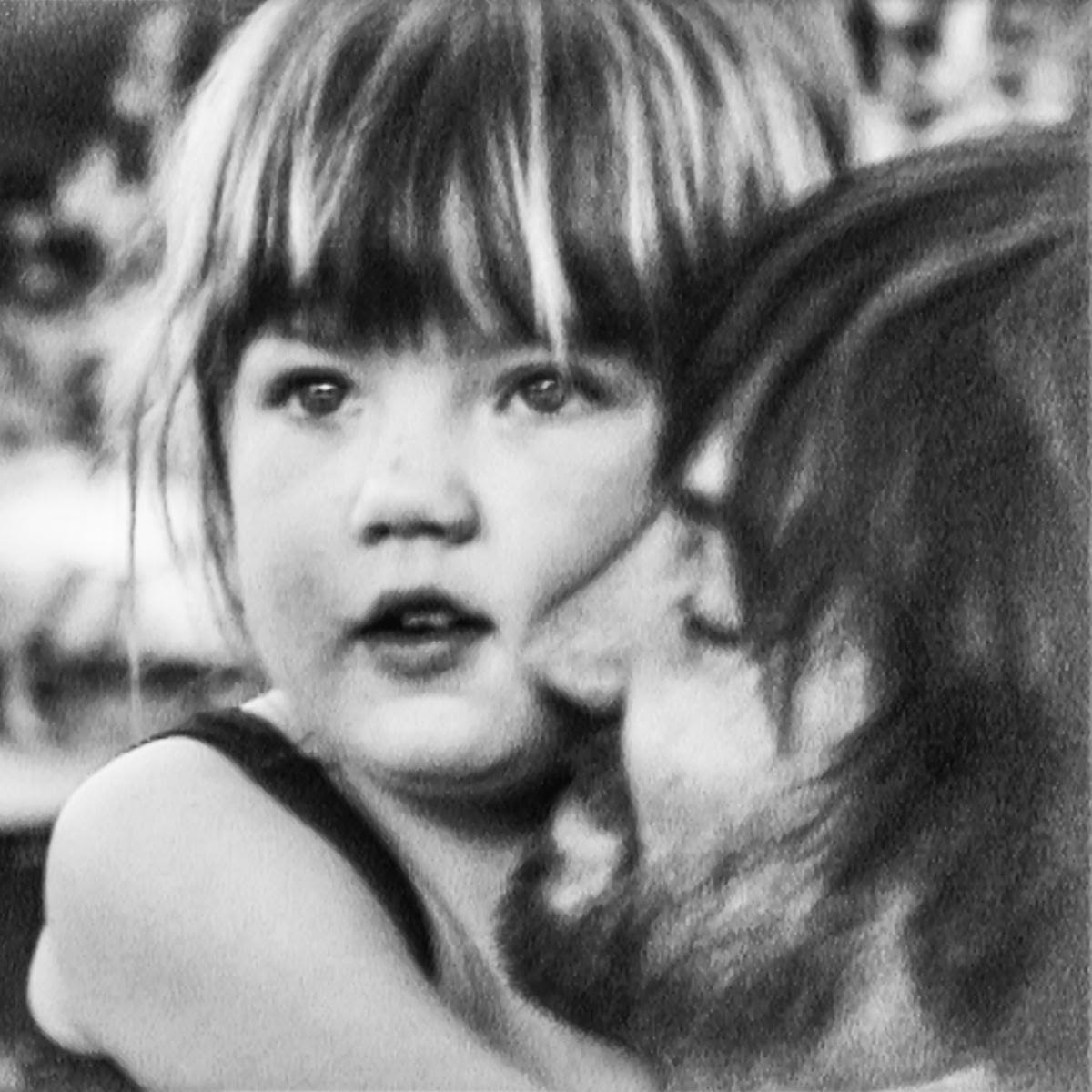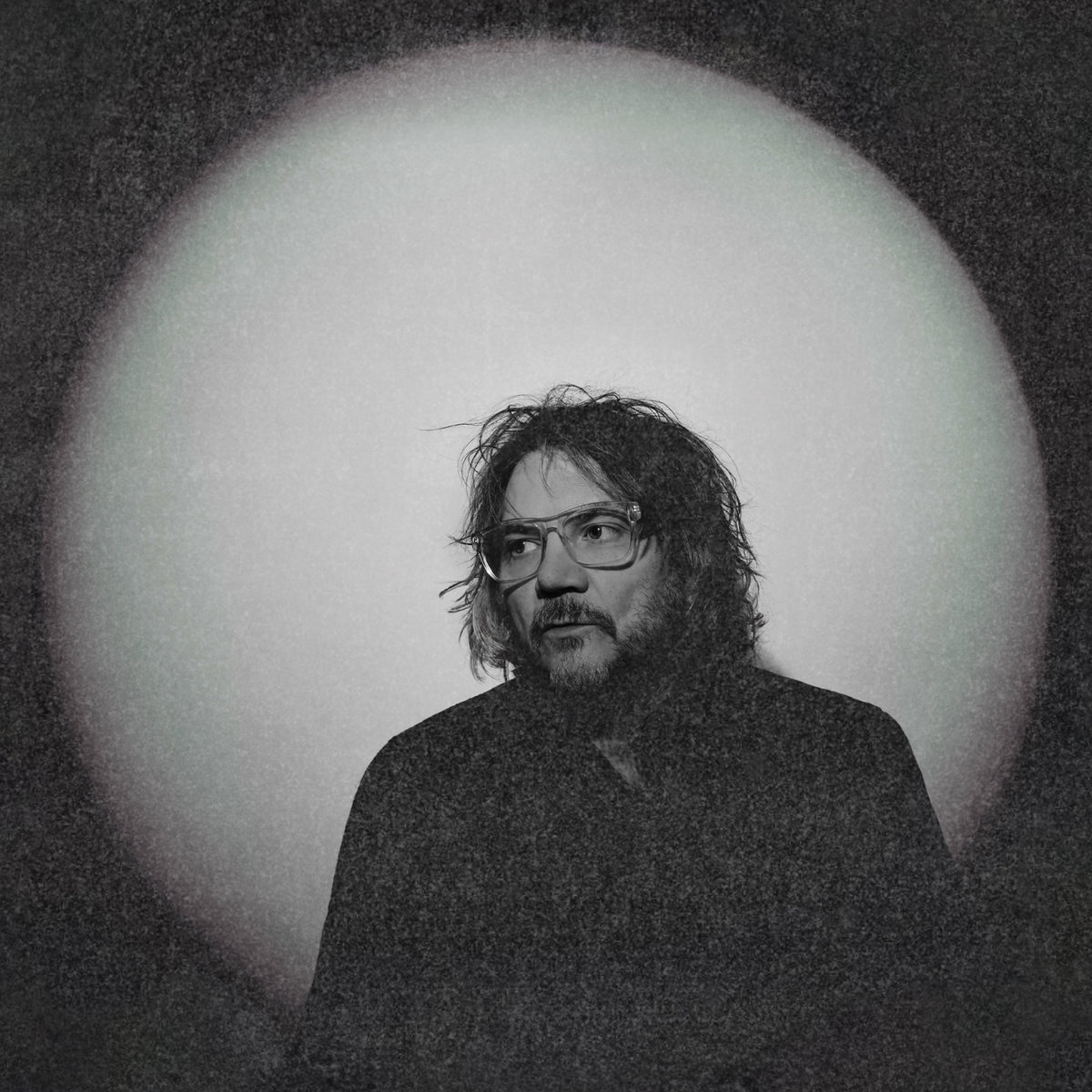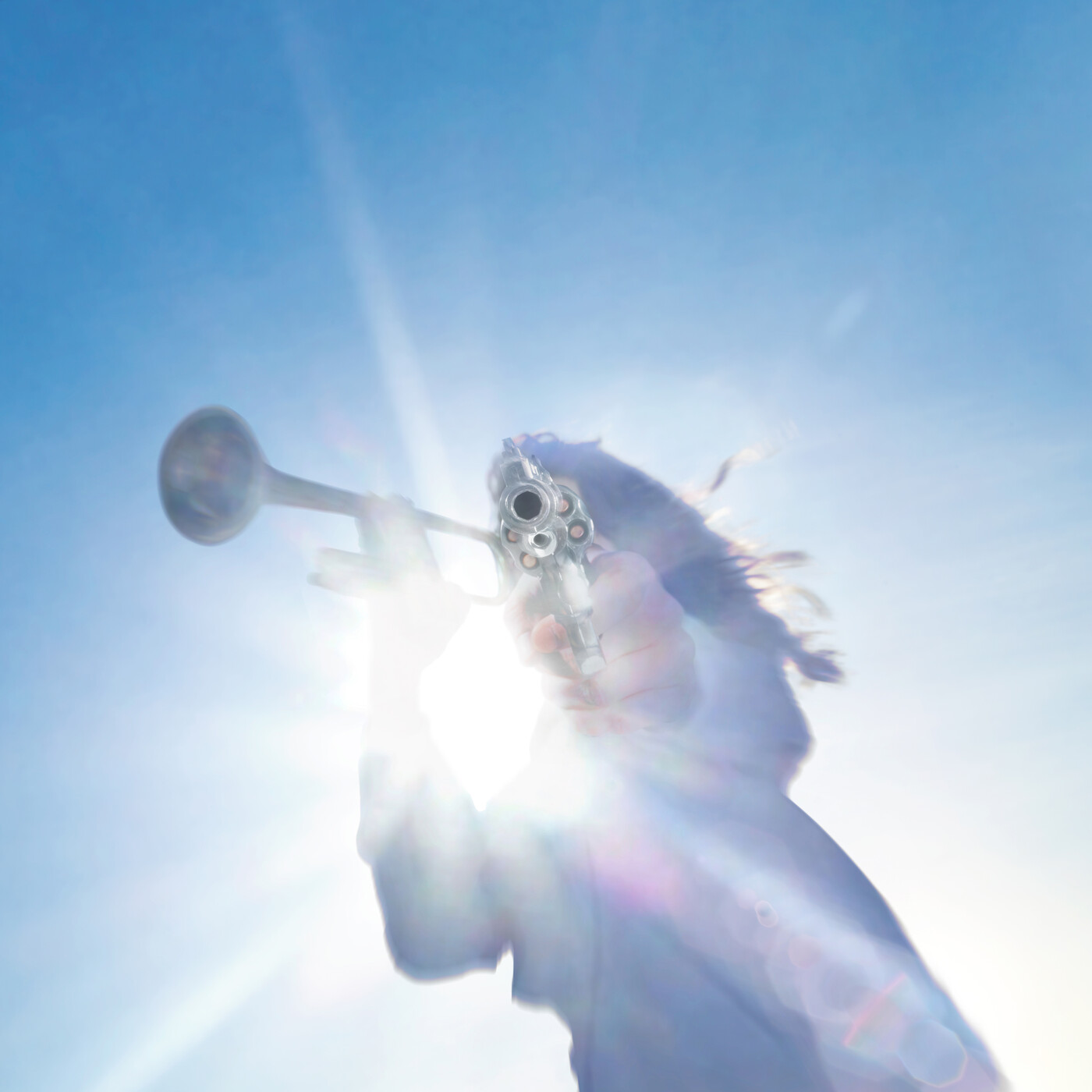The last voice we hear on At.Long.Last.A$AP, the new A$AP Rocky album, doesn't belong to Rocky. Instead, it's a classic Dame Dash-style rant from Rocky's aesthetic mentor A$AP Yams: "These tackass motherfuckers be all up in the pictures, wearin' all types of red and green stripes, overaccessorizing out this motherfucker!" Yams wasn't a rapper or a producer or any sort of musician, but he was instrumental in plotting Rocky's rise and establishing his Tumblr-rap aesthetic. He pulled impeccably chosen bits and pieces from various local rap scenes throughout history and helped Rocky swirl them together into what have become, in the last few years, leading signifiers in rap cool. Yams taught Rocky to curb his cornier impulses, to radiate a certain form of tailored, manicured swagger. Yams died early this year, the victim of a drug overdose. And though he's credited as an executive producer on the album, it's not quite clear how much he had to do with the finished product, which was surprise-released to the general public at midnight last night. It's easy to imagine Yams counseling Rocky not to make some of the cornier decisions he makes on A.L.L.A.: Bringing on Danger Mouse to produce a bunch of tracks, rapping over a Lucero sample, implying that he's fucked Rihanna, directly claiming that he kicked Rita Ora out of his house immediately after hooking up with her. And yet the moments of uncoolness are part of A.L.L.A.'s charm. If 2012's Long.Live.A$AP was a fashion-rap album, A.L.L.A. is a drug-rap album, one that reminds me of a college freshman who eats his first mushroom on his first weekend and then covers his dorm room in black-light posters. That head-blown goofiness is what makes the album work.
The goofiest thing about the album is its preoccupation with widescreen big-budget prettiness. Hazy drift has always been a huge part of Rocky's sound, and it still is, but now he's snapped it into focus. He's not rapping over staggering Clams Casino beats anymore. Instead, he's getting Jim Jonsin, the guy who produced Lil Wayne's "Lollipop," to help craft him an ode to acid that practically drowns itself in a sea of expertly rendered bass. That song, "L$D," features no rapping whatsoever. Instead, it's got Rocky doing a surprisingly strong starry-eyed psych-blues croon that turns into an even-more-surprising falsetto. "L$D" is built from a screwed-up sample of Bobby Gentry's 1967 cosmopolitan crossover-country classic "Ode To Billie Joe," and it sounds sort of like Terrence Trent D'Arby fronting the Verve. It's deeply uncool and unlikely and great. And while "L$D" might be the only song without rapping, it's not the only one that chases beauty. "Excuse Me," for instance, is a lurching New York slap that turns into an absolutely lovely underwater Fender Rhodes gurgle once it gets to the hook. "Jukebox Joint," a Kanye West co-production, has a beat that sounds like classic Kanye helium-soul played on 33 instead of 45. "Max B," which Rocky co-produced, is named for the imprisoned Harlem rap cult hero. But the song doesn't sample Max B; it samples the mournful violin from Leonard Cohen's "Who By Fire." A.L.L.A. has bangers, but it isn't an album for the club, or even the car. It's an album for expensive headphones and weed vaporizers and soft, comfortable blankets. Considering that Long.Live.A$AP was basically an album for getting ready to go out, that's a big leap.
A.L.L.A. has a lot of guests, though it has nothing on the level of Live.Love.A$AP monster internet-rap posse cut "1 Train." This is one of those albums where everyone involved seems to know the album will be a big deal, so guests bring their A-games. Lil Wayne goes absolutely bugshit all over "M'$." M.I.A. is in effortlessly breezy shit-talk zone on "Fine Whine," and she sounds great next to Future's melting melodies. Kanye is in something like his "Bound 2" mode on "Jukebox Joints." On "Wavybone," the late Pimp C further cements his legacy by bragging about getting head from Sheryl Crow. But none of them gets anywhere near as much mic time as Joe Fox, a total-unknown London singer-songwriter. Rocky recorded the album in London, and Fox apparently approached him on the sidewalk, in a street-busker capacity, and tried to get him to buy a CD. Fox sings on seven of the album's 18 songs, and every time he shows up, the album starts to feel something like the mushy ass-end of Britpop, when sensitive souls like Travis and Starsailor started popping up on the cover of NME. And while I don't especially love any of Fox's appearances, I do like the way they fit into the overall sound of the album. The sonic design here is impeccable: Lush and thick and warm and pillowy. And if it took a willowy, thin-voiced Englishman to help Rocky find that sound, then fair enough.
The same is true of Danger Mouse's involvement. I was deeply skeptical about the idea of Danger Mouse being involved in this thing in any way. While Danger Mouse ostensibly came into the game as a rap producer, his big breakthrough was The Grey Album, a big novelty that seemed designed to convince your dad that this Jay-Z guy was OK. On the rare occasions that Danger Mouse has made rap (DM & Jemini's Ghetto Pop Life, Danger Doom's The Mouse & The Mask, the odd Gorillaz track), he's always come off -- to me, anyway -- as the type of rap dude who listens to Neutral Milk Hotel and then gets really impressed with himself for being a rap dude who listens to Neutral Milk Hotel. The three tracks that Danger Mouse produces on A.L.L.A. are among the album's weakest: The watery spaghetti-western pastiche of "Holy Ghost," the acoustic lurch of "Pharsyde," the wan string-drenched pseudo-soul of "West Side Highway." But Danger Mouse's sensibility is all over the album, and that sensibility fits Rocky well. At his best, Danger Mouse strives for something mythic and grand. That's what Rocky is going for here, and it works better than anyone could've expected. In a way, Danger Mouse's involvement here reminds me of Dan Auerbach's production job on Ultraviolence, the last album from Rocky's "National Anthem" video co-star Lana Del Rey. In a vacuum, Danger Mouse and Auerbach might not be great (and they're fucking awful together). But when paired with artists who have strong, clear senses of self, they're able to help achieve greatness. (To complete the circle, Auerbach shows up to play guitar on "Everyday," the A.L.L.A. track that most sounds like Ultraviolence.)
"Greatness" might be a strong word to use for an album that includes a lyric like this: "Type of hate that make you feel worse than a rape victim." But Rocky has grown as both a rapper and a writer, the occasional brick-dumb line aside. He's still not a quote machine, but the way his voice trips through these beats, switching up flows every few bars, has grown more fluid and effortless. He's an instinctive stylist, and he's now using his voice with the sort of ease that not many other rappers can match. And some of his boasts are just nasty: "You my son like my last abortion, I'm just laughing off it," "I think her body makes for better practice." One of my greatest complaints about Live.Love.A$AP was that I couldn't really tell who Rocky was after listening to the album. And while he still doesn't have a persona as fleshed-out as that of, say, Kendrick Lamar, he sounds like a real fucking person now. He's not a fashionable cipher anymore; he's a person with feelings and fears and resentments. That might not sound like much, but it might be A.L.L.A.'s greatest achievement. The album's pretty sonic layers are great, but they mean a whole lot more when all that beauty has a beating human heart at the center of it.
At.Long.Last.A$AP is out now on A$AP Worldwide/RCA. Stream it below.
[videoembed size="full_width" alignment="center"][/videoembed]
[videoembed size="full_width" alignment="center"][/videoembed]
